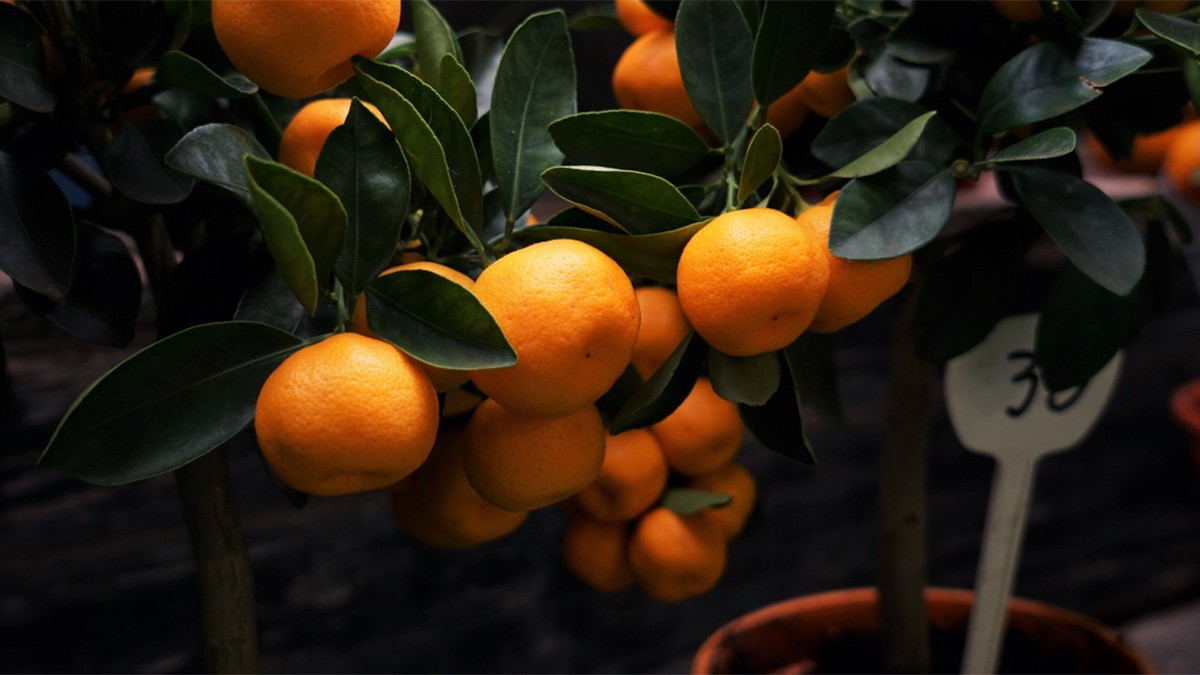How to Successfully Grow Dwarf Citrus in Containers

Dwarf citrus trees bring the joy of fresh fruit to even the smallest spaces, making them a favorite for container gardeners. Their compact size, fragrant blossoms, and delicious harvests are hard to resist. This guide will help you grow thriving dwarf citrus trees in pots with confidence and ease.
Benefits of growing dwarf citrus in containers
Dwarf citrus trees are perfect for gardeners with limited space, such as balconies, patios, or small backyards. Growing them in containers makes it easy to move them around for optimal sunlight or to protect them from cold weather. Container growing also allows you to manage soil quality and drainage more precisely, which is key for healthy citrus.
Choosing the right dwarf citrus variety
There are many dwarf citrus types to choose from, including lemons, limes, oranges, and kumquats. Each has a unique flavor profile and growth pattern that might suit different tastes or spaces. Look for disease-resistant or climate-adapted cultivars to make your growing experience more successful.
If you are new to citrus, dwarf Meyer lemon and calamondin orange are popular options because they adapt well to pots and offer reliable harvests.
Selecting the ideal container
Choosing the right pot is crucial for healthy dwarf citrus. Go for a container that is at least 16 to 20 inches wide and deep to accommodate the tree’s root system. Make sure it has drainage holes to avoid water buildup and root rot.
Materials like terracotta, plastic, or wood all work, though lightweight options make moving the plant easier. You might also consider placing your pot on a rolling stand to help reposition it as needed.
Soil and planting requirements
Citrus trees thrive in loose, well-draining soil with good organic content. A potting mix made for citrus or general potting soil amended with perlite or coarse sand works well. The soil should retain some moisture without becoming soggy.
When planting, place the tree at the same depth it was in its nursery pot, making sure not to bury the trunk. Gently firm the soil around the roots and water thoroughly to settle the plant in its new home.
Light, temperature, and placement
Dwarf citrus needs plenty of sunlight to thrive, ideally six to eight hours of direct sun each day. A south-facing patio or sunny window is often the best choice. If you bring your plant indoors for winter, place it near a bright window or supplement with a grow light.
Citrus prefers daytime temperatures between 65 and 85 degrees Fahrenheit and dislikes cold drafts. If frost is predicted, move the container indoors or to a sheltered location.
Watering and feeding tips
Citrus trees like evenly moist soil, so water when the top inch feels dry. Make sure any excess water drains away to avoid root rot. In winter, watering needs decrease as the tree enters a rest period.
Use a balanced, slow-release citrus fertilizer during the growing season to keep your tree healthy and productive. Watch for yellowing leaves, which can be a sign of nutrient deficiencies or improper watering.
Pruning and shaping
Pruning helps maintain a compact shape and encourages better airflow through the branches. Trim back overly long stems to promote bushier growth and remove any dead or crossing branches.
Keep an eye out for suckers growing from below the graft line and remove them promptly. A well-shaped citrus tree not only looks better but also supports healthier fruiting.
Pollination and fruiting
Many dwarf citrus varieties are self-pollinating, but if grown indoors, you may need to hand-pollinate. Use a small paintbrush or cotton swab to transfer pollen between flowers.
Encourage plenty of blossoms by providing strong light and steady care throughout the growing season. If your tree sets a heavy crop, you might need to support the branches to prevent breakage.
Common problems and solutions
Citrus trees in containers can face pest problems like aphids, scale insects, or spider mites. Inspect leaves regularly and wash them with soapy water or apply insecticidal soap if needed.
Yellowing leaves could signal poor drainage, overwatering, or a lack of nutrients. Adjust your watering and feeding routine to correct these issues. If growth seems slow, consider repotting into fresh soil to boost root health.
Seasonal care and overwintering
When temperatures start to drop, move your citrus indoors to a sunny spot before frost arrives. Reduce watering and stop fertilizing during winter so the plant can rest.
Keep the air humidity higher by misting or using a small humidifier, especially in heated homes. Once spring returns, gradually transition the plant outdoors so it can adjust to stronger sunlight again.
Conclusion
Growing dwarf citrus in containers is a practical and rewarding way to enjoy fresh fruit at home. With the right care and a bit of patience, these trees will provide beauty and harvests for years to come. Give them a try and transform your patio or balcony into a citrus oasis.
